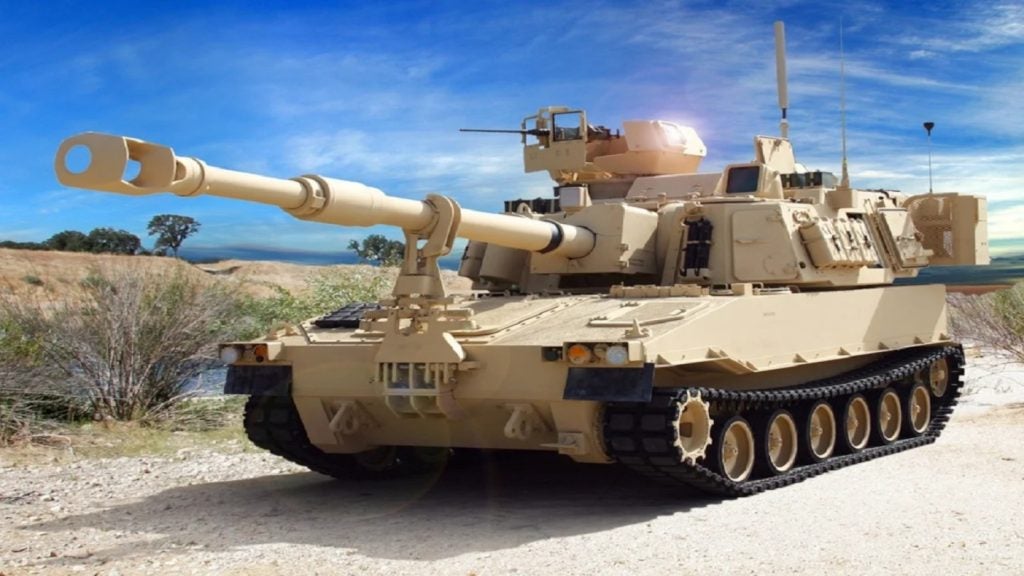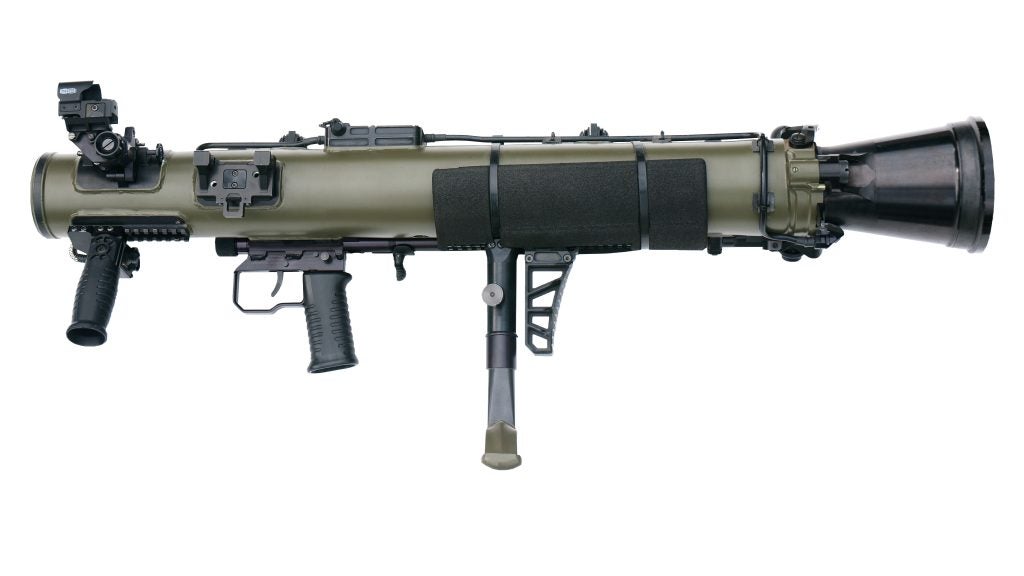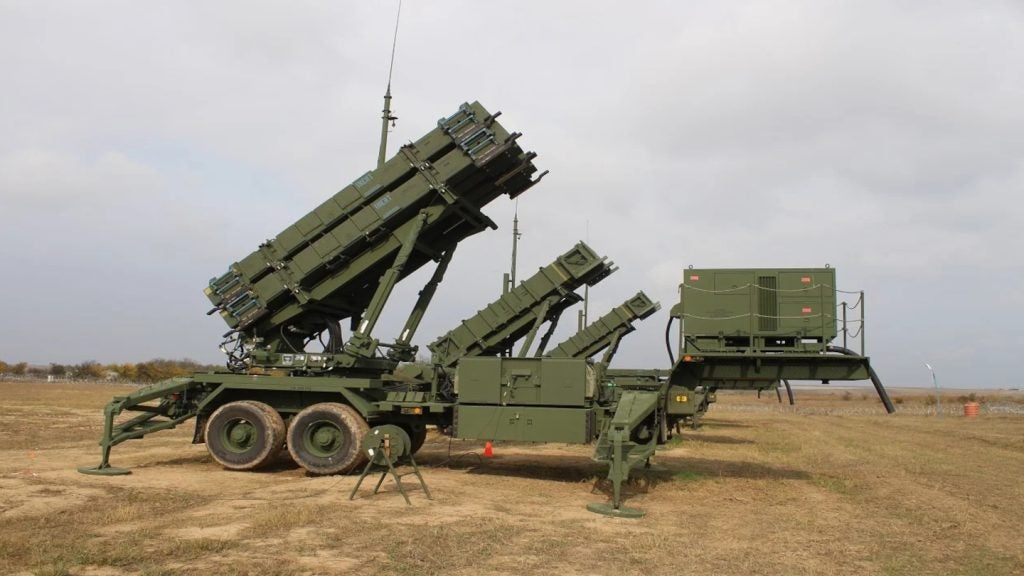Pinaka is a multibarrel rocket launch (MBRL) system used by the Indian Army. Developed by the Defence Research and Development Organisation (DRDO), Pinaka integrates state-of-the-art technologies for delivering superior combat performance.
Pinaka is produced at an average rate of 1,000 rockets a year at the Ordnance Factory in Chanda, Maharashtra. The Ministry of Defence increased the output of the rocket by commencing production at the Ordnance Factory in Badmal, Orissa.
Pinaka development details
Development of Pinaka commenced in 1986 at a Pune-based DRDO facility, known as Armament Research and Development Establishment (ARDE). DRDO was responsible for the overall design and development. The subsystems and components were developed by Tata Power SED, Larsen & Toubro and Ordnance Factories Board.
In March 2006, the Indian Army placed a $45m contract with Tata Power SED and Larsen & Toubro (L&T) to deliver 40 Pinaka MRBLs. The performance and firing capabilities of the launcher were presented in June 1996. Phase one user trials of Pinaka were carried out in June 1997. The phase two trials began in July 1998.
The combat capabilities of Pinaka MBRL were tested during the Kargil war in June 1999. The maiden Pinaka MBRL regiment was set up in February 2000. Development trials of Pinaka were conducted at the Chandan firing range in Pokhran in September 2012.
The authority holding sealed particulars (AHSP) responsibility of Pinaka weapon system was transferred from DRDO to the Directorate General of Quality Assurance (DGQA) in September 2020. The transfer marks the successful establishment of production of Pinaka rockets, launchers, battery command posts, loader cum replenishment and replenishment vehicles as well as quality assurance processes.
In August 2020, the Indian government signed a Rs25.8bn ($353.5m) contract with Tata Power Company, L&T and Bharat Earth Movers for supplying six regiments of Pinaka Mk I MBRL systems to the Indian Army and are expected to be delivered by 2024.
In November 2020, DRDO successfully flight tested the enhanced Pinaka rocket from Integrated Test Range, Chandipur, off the Odisha coast. The enhanced version delivers long-range performance when compared to the earlier design with reduced length.
Pinaka MBRL design
Pinaka was designed to replace the BM-21 Grad multiple rocket launcher systems of the Indian Army. It is a multifaceted system integrating high energy propulsion, sub-munition warheads, servo-controlled launcher configuration and fire control computer.
The Pinaka system is based on the 8×8 vehicle. Each battery is composed of six launcher vehicles, six loader-cum replenishment vehicles and two command post vehicles. Each launcher vehicle carries two pods, housing a total of 12 rockets.
Each Pinaka rocket can carry a 100kg payload for a range of 40km. A single Pinaka battery can neutralise a surface area of 700m x 500m. The system can engage targets with a circular error probability (CEP) of one to two percent of range.
Launch system specifications
The launch system of Pinaka consists of two pods mounted side-by-side. Each pod houses six launcher tubes made of E-glass / epoxy composite materials. The pods are loaded / unloaded into the launcher vehicle by a loader crane mounted on the replenishment vehicle.
The launch system can fire a salvo of 12 rockets within 40 seconds. The launcher traverses 90° left / right from the centreline and can elevate up to 55°.
The launcher can operate in autonomous mode, stand-alone mode, remote mode and manual mode. The fire control computer (FCC) independently controls the launcher in autonomous mode. The stand-alone mode involves entering the commands into console by the operator.
The remote mode allows the operator to control the launcher from a distance of about 200m using a remote control unit. The manual mode is adapted in the event of microprocessor failure and loss of power.
Warhead variations
The rockets can be fitted with wide range of warheads including pre-fragmented high explosive, anti-tank bomblet, anti-tank minelet warhead, anti-personnel mines, incendiary practice and pilot shot.
The pre-fragmented warhead delivers 25% to 30% more destructive power than the conventional warhead. The HMX-based composition is used in anti-tank bomblets / minelets to achieve 150mm armour penetration.
MBRL system navigation and propulsion
DRDO placed an order with Sagem for Sigma 30 artillery navigation and pointing systems to equip first two regiments of Pinaka in 2008.
The deliveries of Sigma 30 systems were concluded in June 2010. The systems were integrated into Pinaka by Tata Power SED and Larsen & Toubro.
The Sigma 30 is based on the laser gyro land navigation technology. It was specially designed for high-precision firing of warhead rockets by artillery and rocket launchers.
The propulsion is provided by High-Energy Composite (HEC) propellants. The motor tubes made of high intensity steel are seamed with silica-phenolic materials for resisting higher flame temperatures. The optimised nozzle design ensures a very high thrust.
Pinaka launch vehicle
The Pinaka launcher system is mounted on the indigenously built TATRA/BEML 8×8 vehicle. The vehicle can carry a payload of 12t. It is equipped with an on-board generator supplying primary power for launcher operations. Other equipment aboard the vehicle includes a microprocessor-based thyristor power unit, a joystick controller and a manual back-up.










